Hungarian folk costumes, with their vibrant colors, intricate embroidery, and unique designs, offer a fascinating glimpse into the country’s rich cultural heritage. Each region in Hungary, including Mezőkövesd, Kunság, Hortobágy, Baranya, Boldog, and Kalocsa, boasts its own distinctive folk attire, reflecting the local traditions and historical influences.
Mezőkövesd: A Symphony in Embroidery
Mezőkövesd, renowned for its “Matyó” embroidery, showcases folk costumes that are a visual delight. The women’s attire typically features a brightly colored skirt, a vest or bodice intricately embroidered with floral patterns, and a headscarf, often adorned with lace. The use of vivid colors like red, blue, and green, combined with black, creates a striking contrast. Men’s costumes are simpler, with embroidered shirts and black trousers.
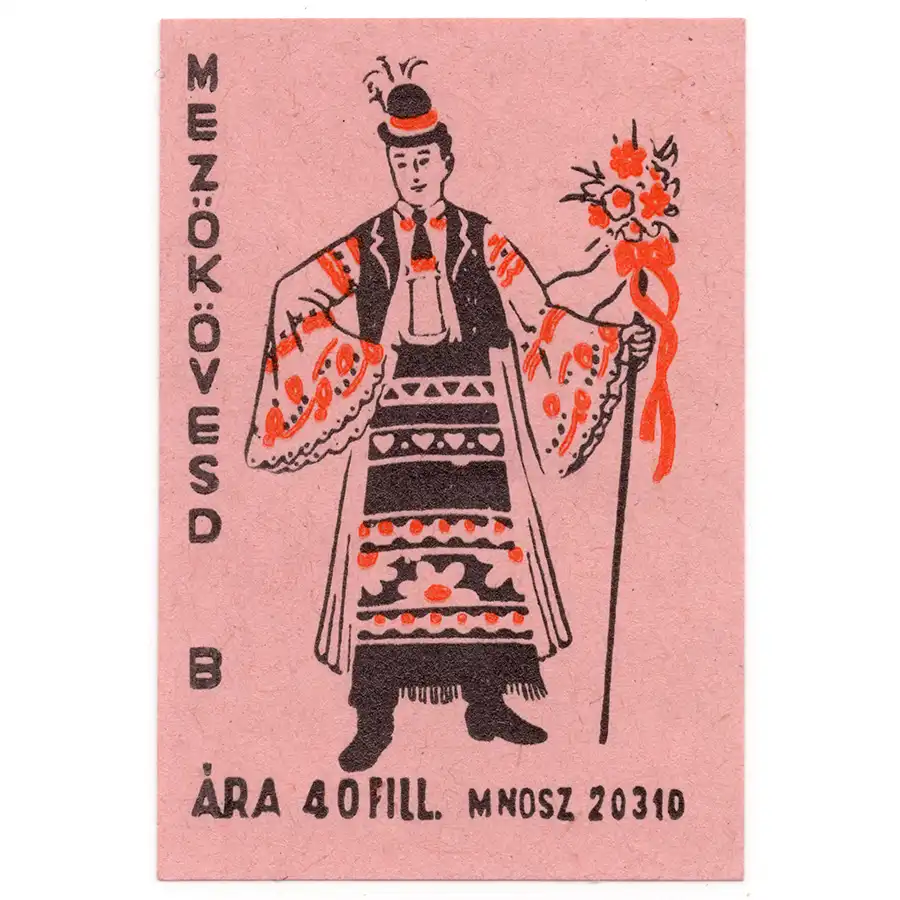
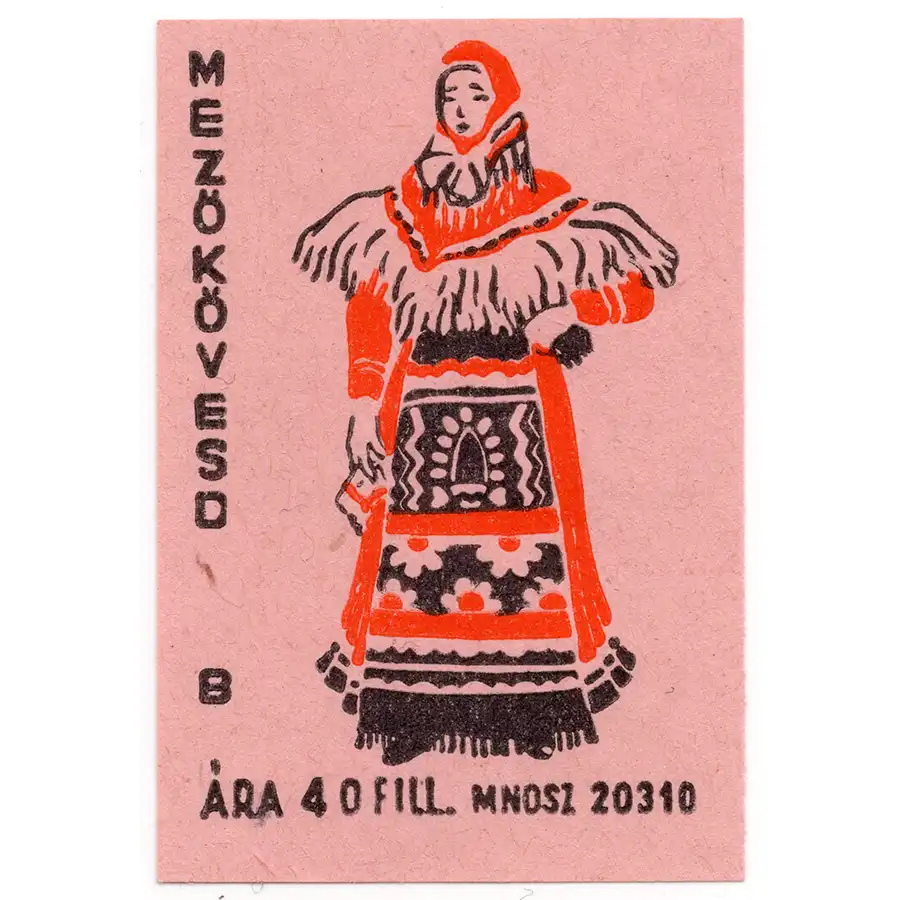
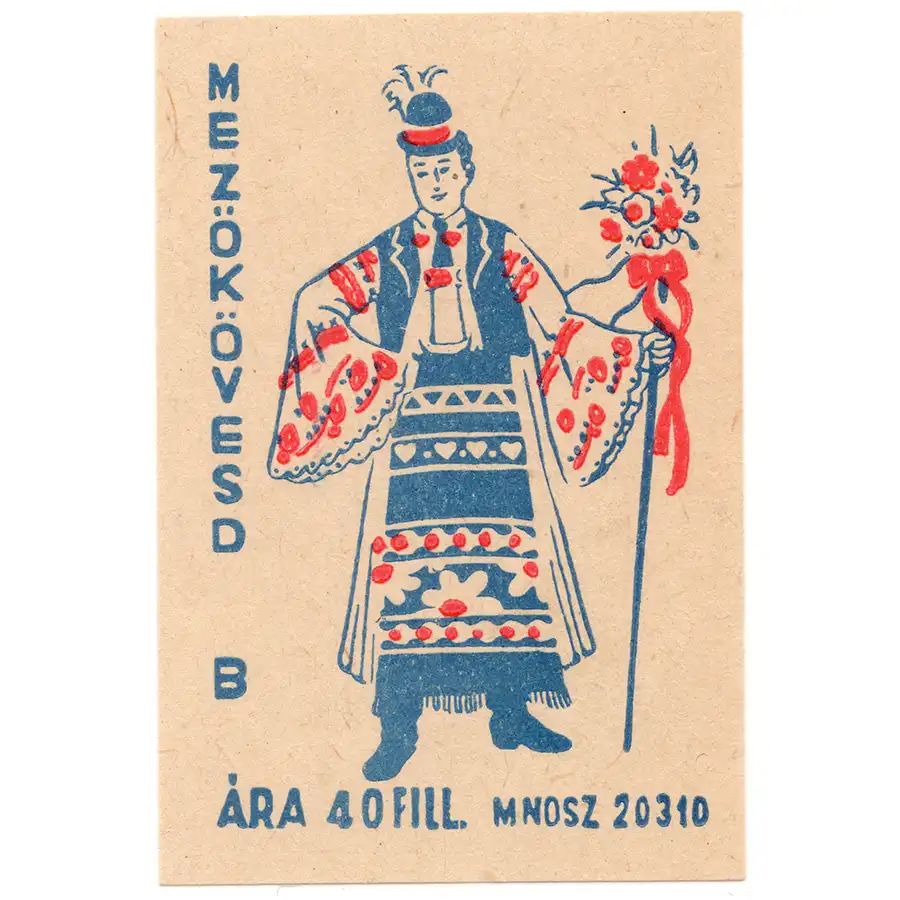
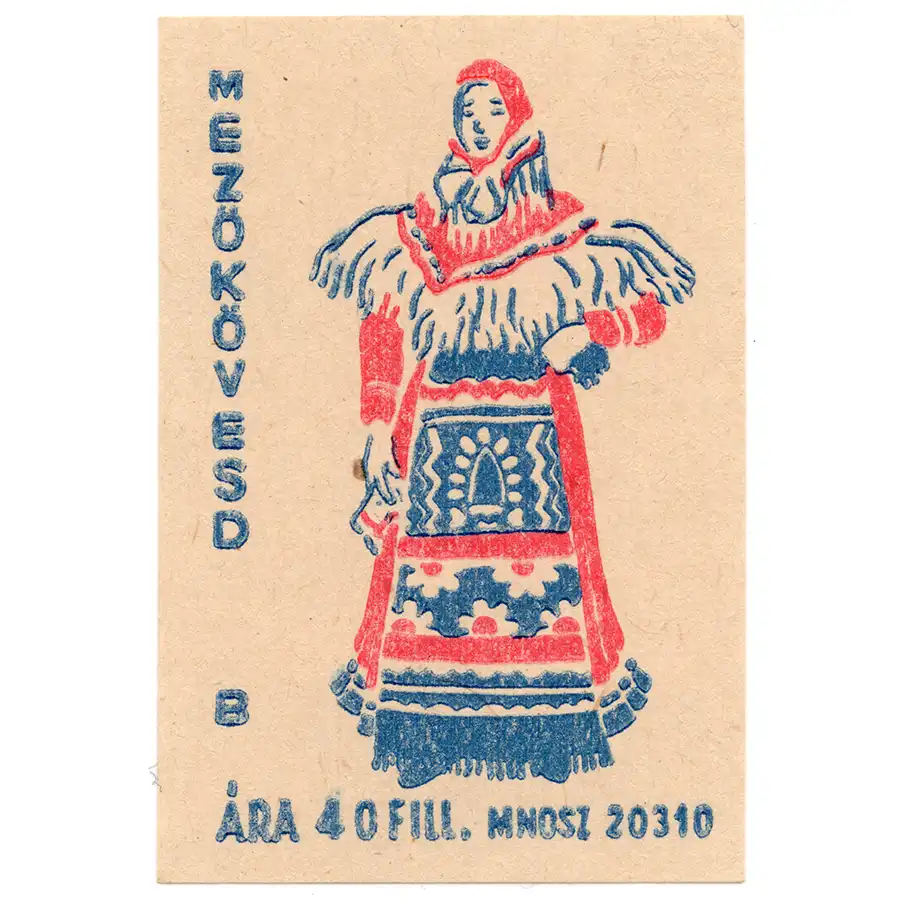
Kunság: The Minimalist Elegance
The Kunság region, known for its nomadic roots, reflects a more subdued style. The costumes here are characterized by their simplicity and functionality. Women wear long, plain skirts paired with embroidered blouses, while men don simple shirts and trousers. The embroidery, though less elaborate than in other regions, adds a subtle charm to the attire.




Hortobágy: The Herdsman’s Attire
In Hortobágy, the costumes echo the lives of herdsmen and shepherds. Practicality is key, with heavy cloaks and boots to withstand the outdoor work. The iconic shepherds’ coat, known as “szűr,” is a distinctive feature, often decorated with geometric patterns. These garments are typically made from natural materials like wool, reflecting the pastoral lifestyle of the region.
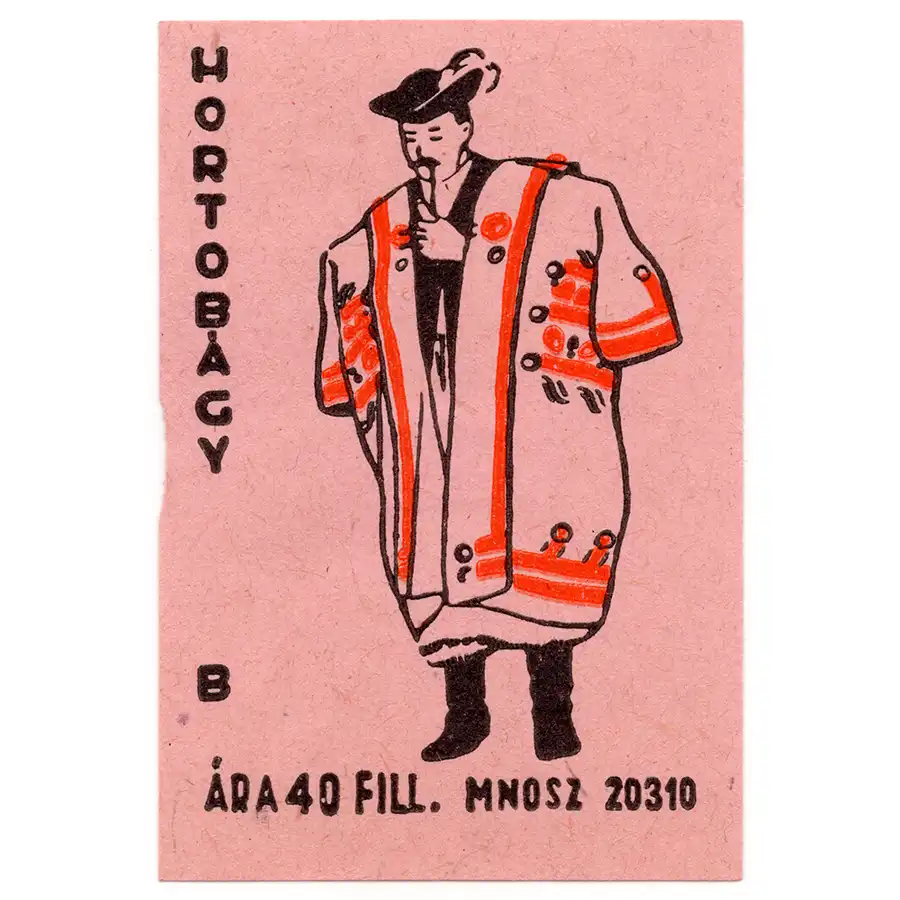
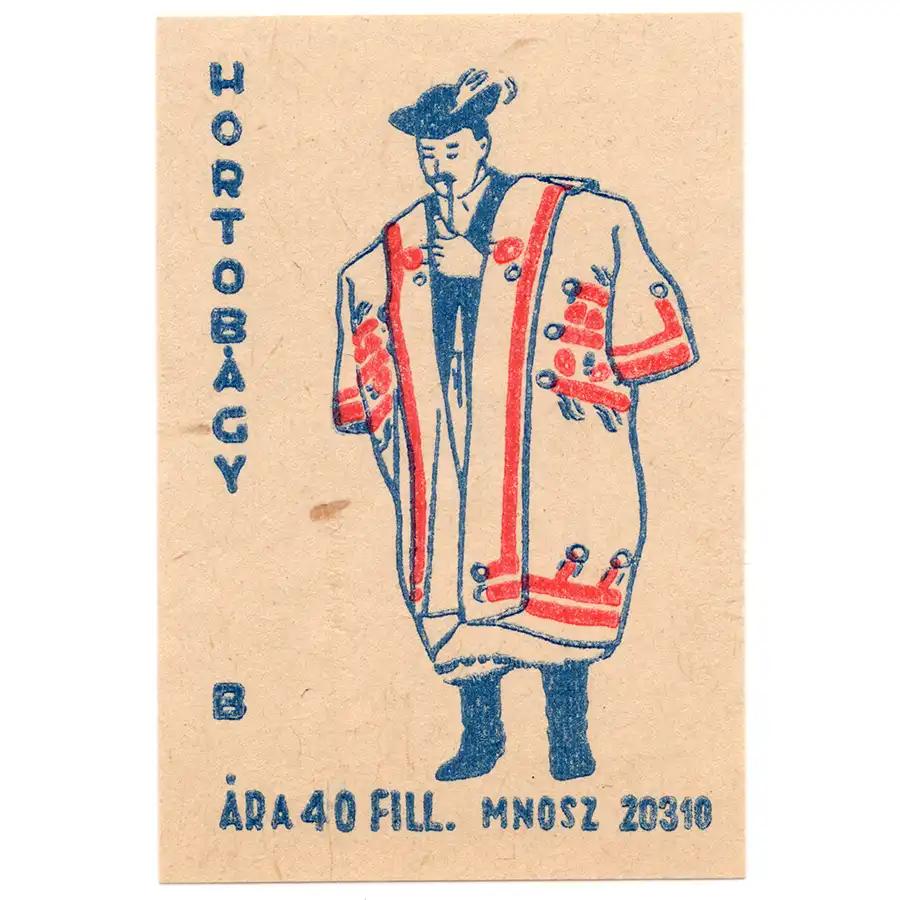
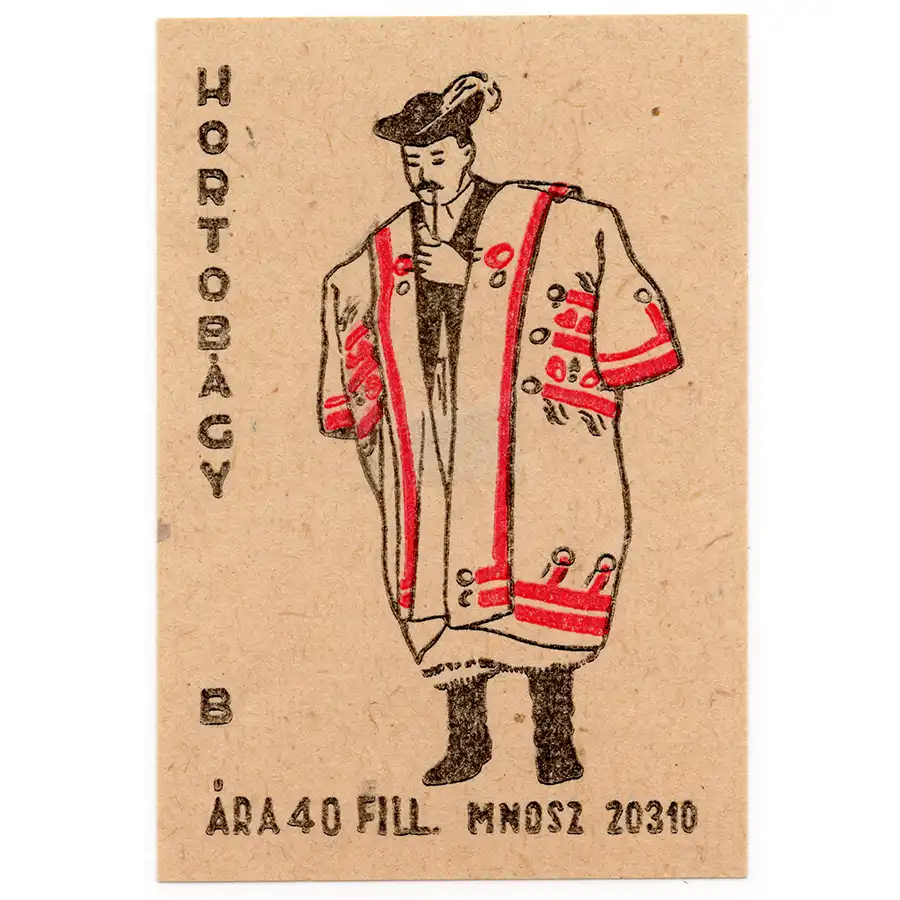
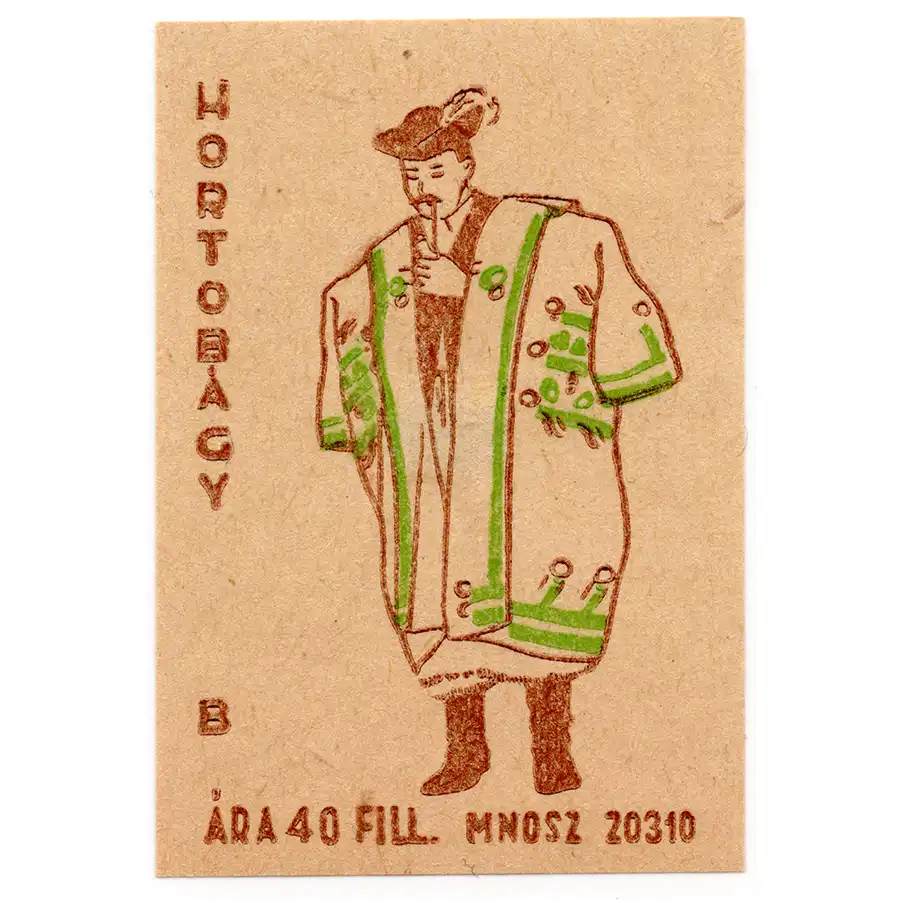
Baranya: A Blend of Cultures
Baranya’s folk costumes represent a melting pot of Hungarian and Croatian influences. The women’s dresses are known for their bright colors and layered skirts, complemented by aprons and delicately embroidered blouses. Headgear varies, often featuring elaborate headdresses. Men’s attire includes embroidered waistcoats and hats, reflecting a fusion of styles.
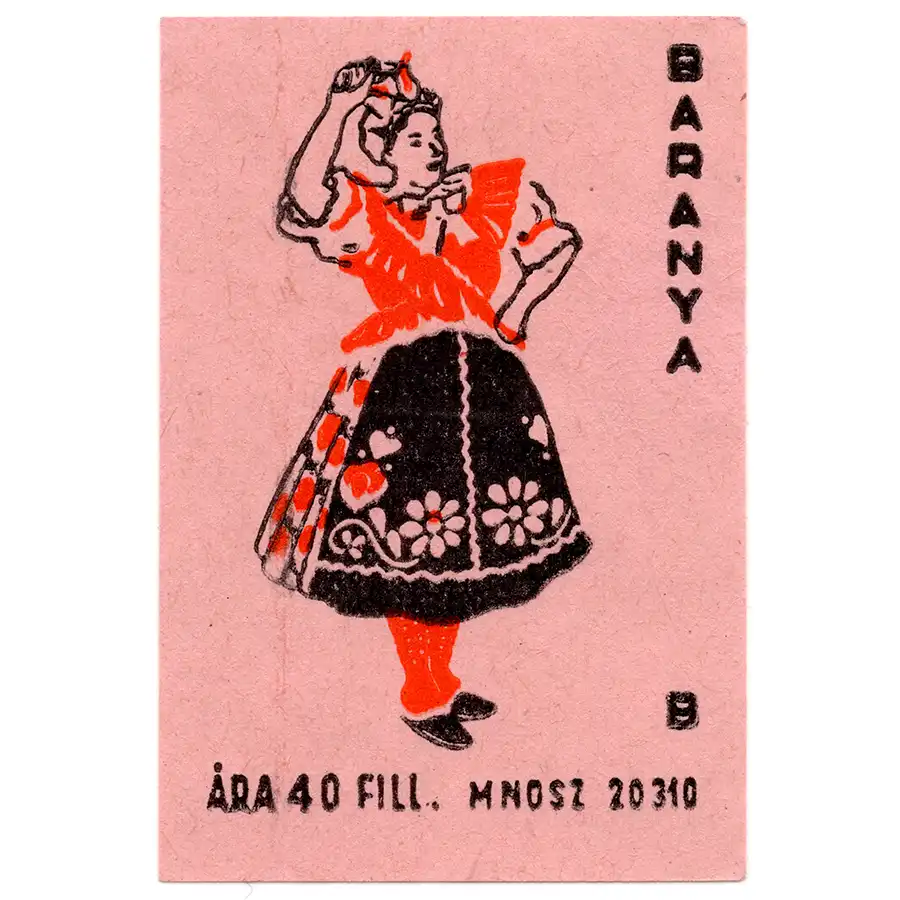
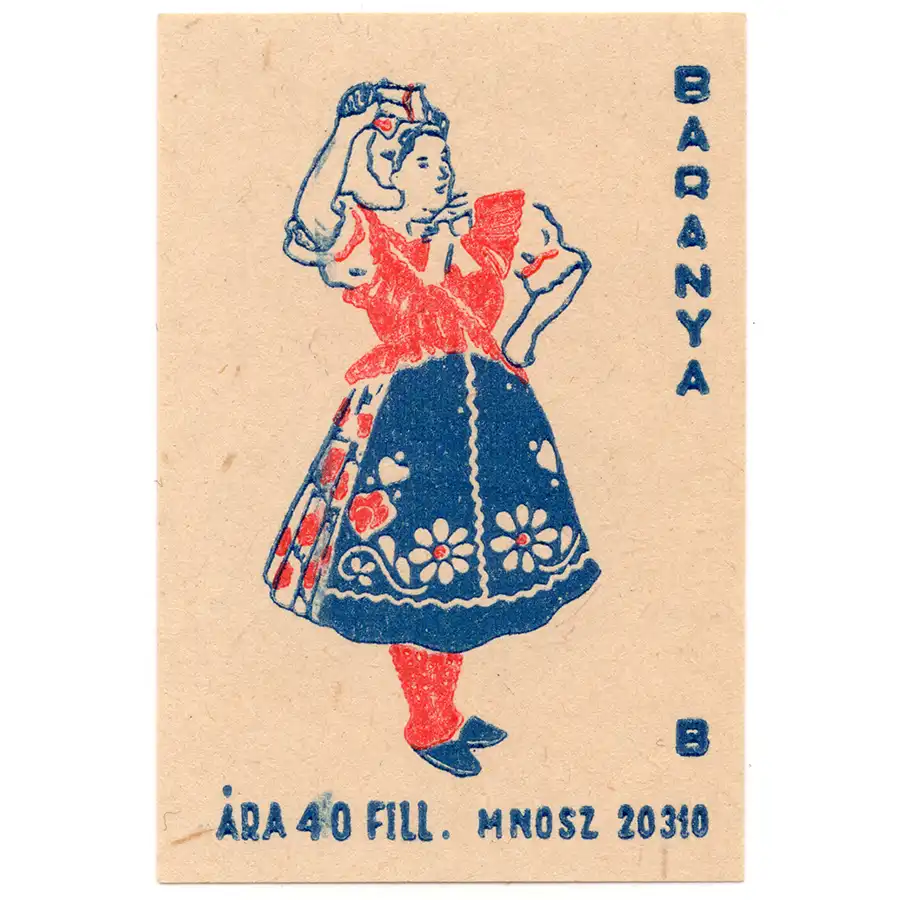
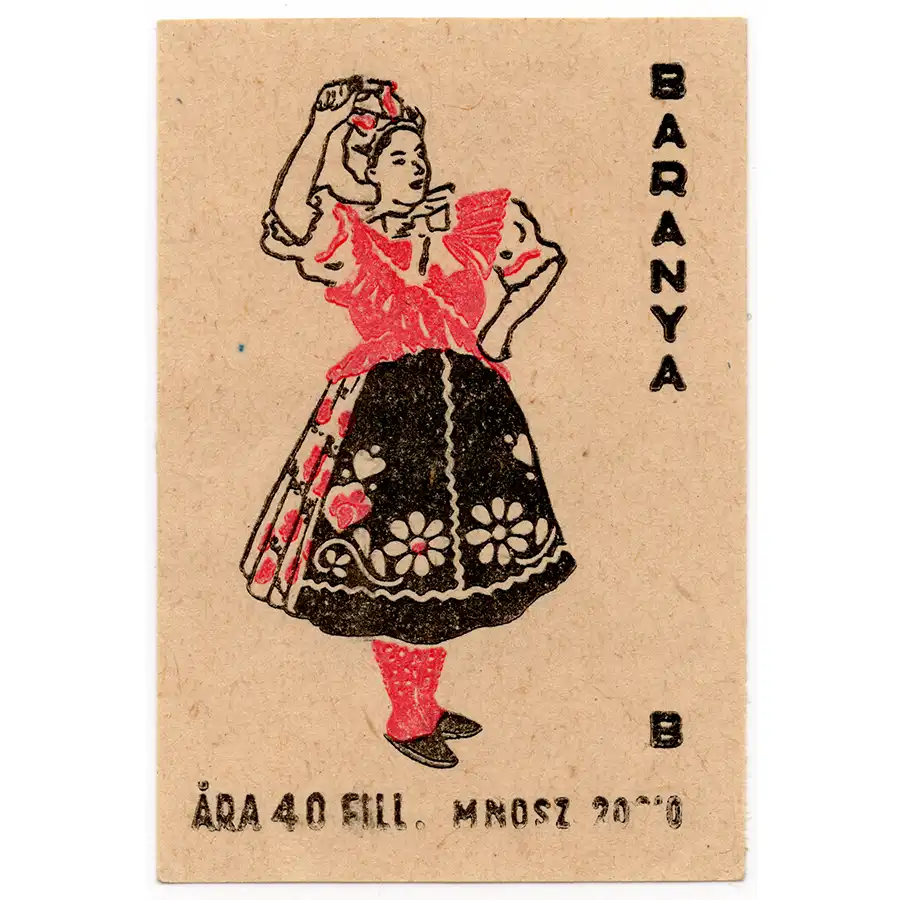
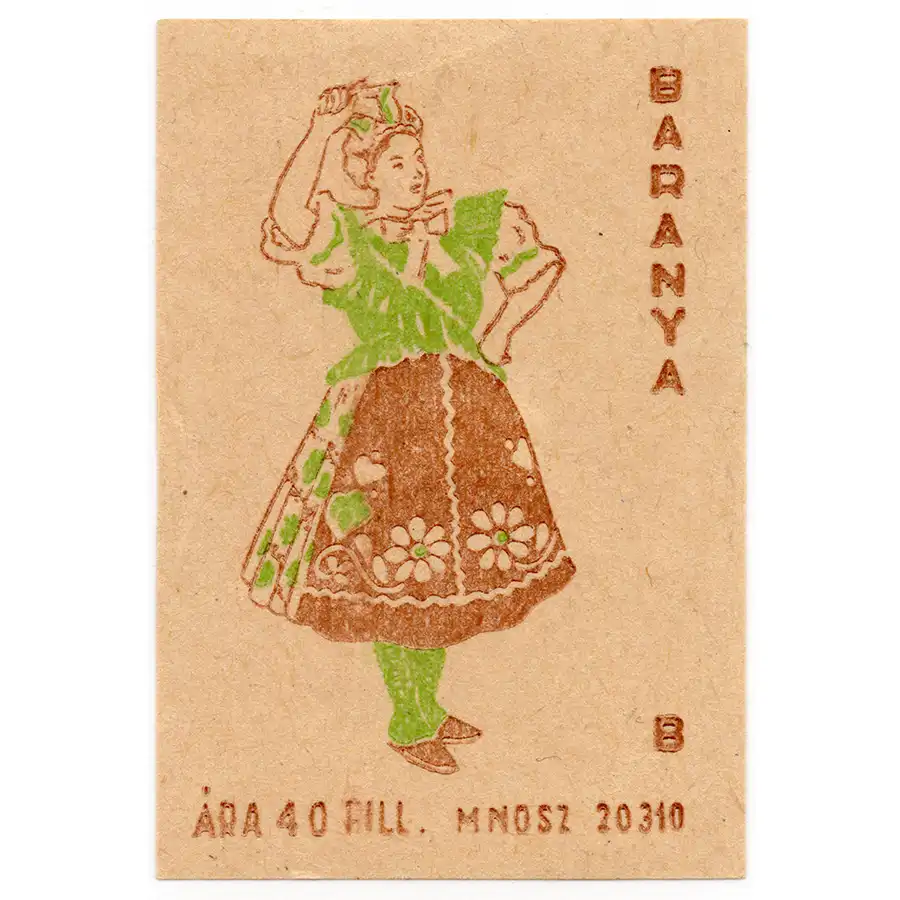
Boldog: The Vibrancy of the Great Plains
Boldog, located in the Great Plains, exhibits costumes that are both colorful and ornate. Women’s traditional dress includes multi-layered skirts, embroidered vests, and floral headpieces. The embroidery often features regional motifs, with a preference for bright colors. Men’s costumes are simpler but still feature embroidered details, particularly on shirts and vests.
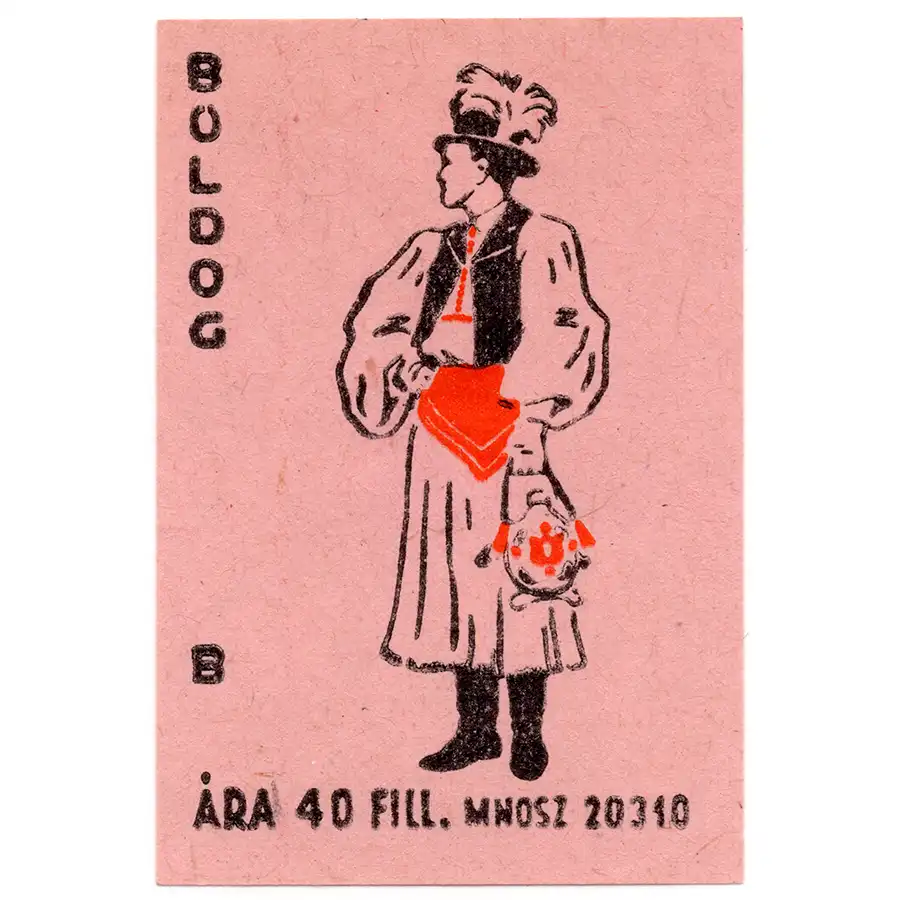
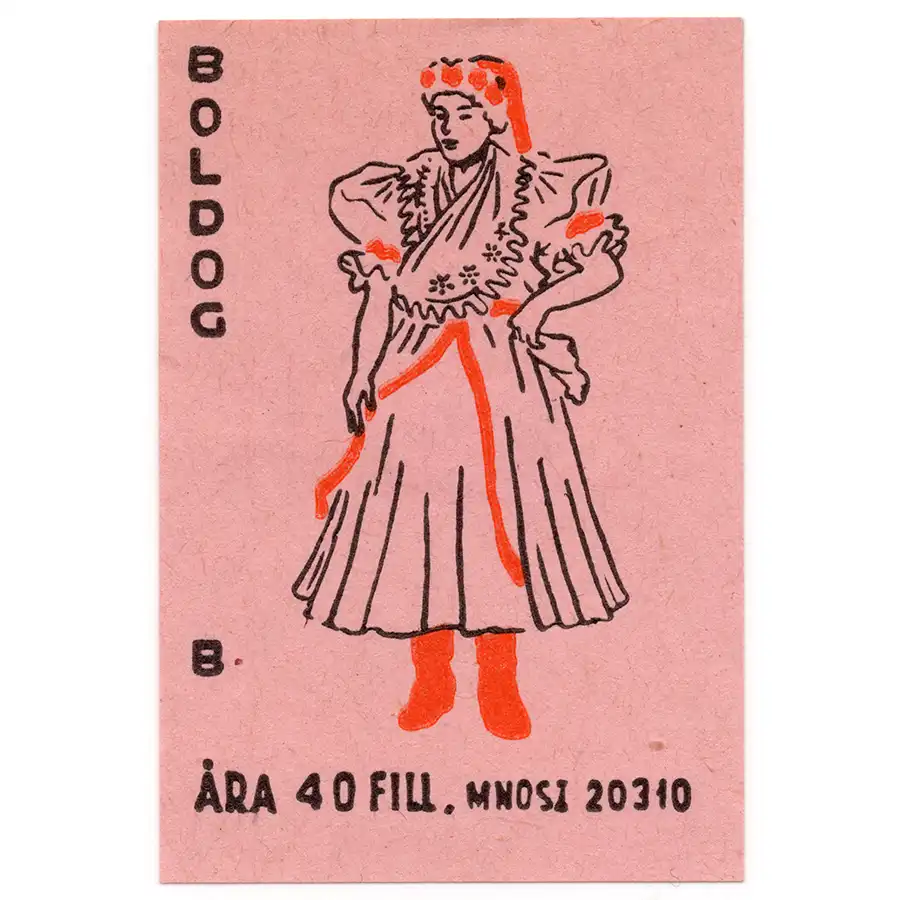
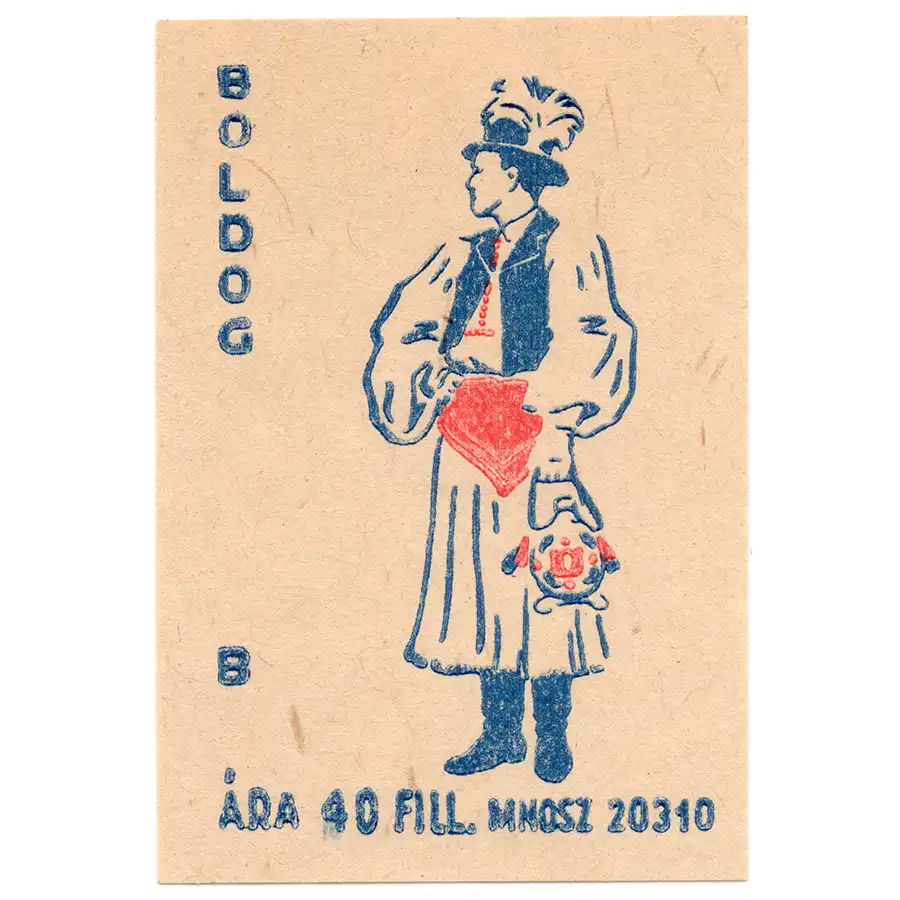
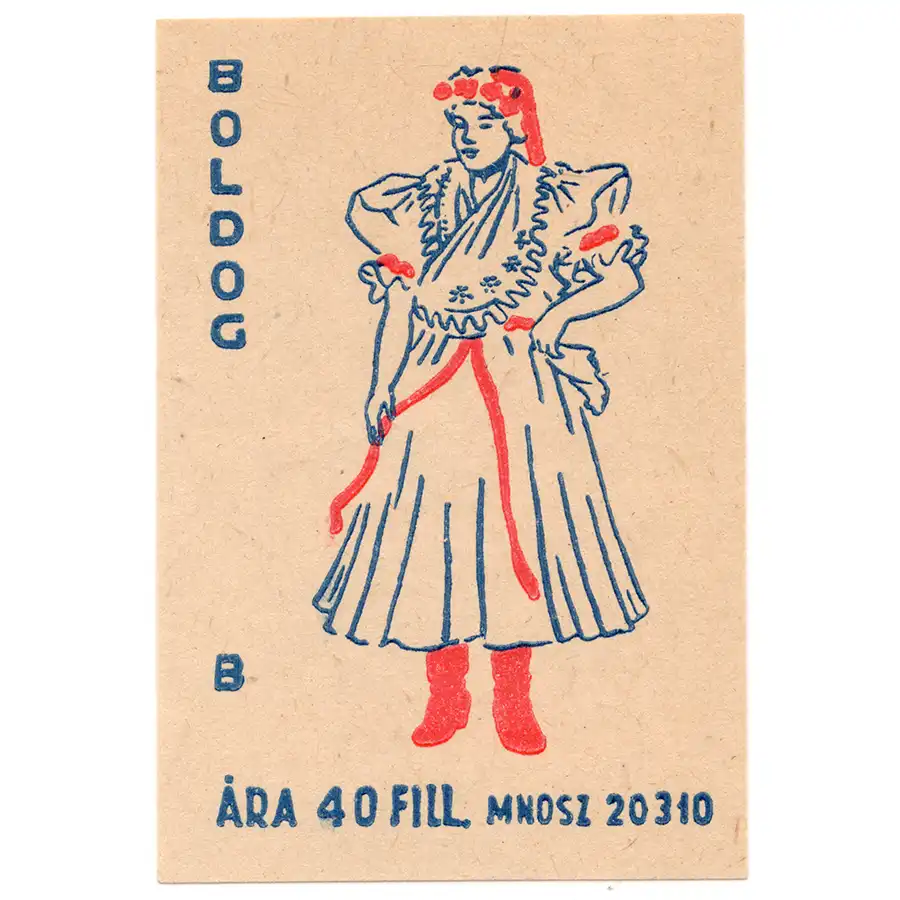
Kalocsa: The Art of Floral Embroidery
Kalocsa is perhaps most famous for its floral embroidery, a craft that has gained international recognition. The women’s folk costumes are splendid, with full skirts richly embroidered with floral patterns, complementing blouses, and aprons. The use of bright colors, especially reds and pinks, is a signature of the Kalocsa embroidery. Men’s attire, while less ornate, often includes hats and boots with embroidered accents.
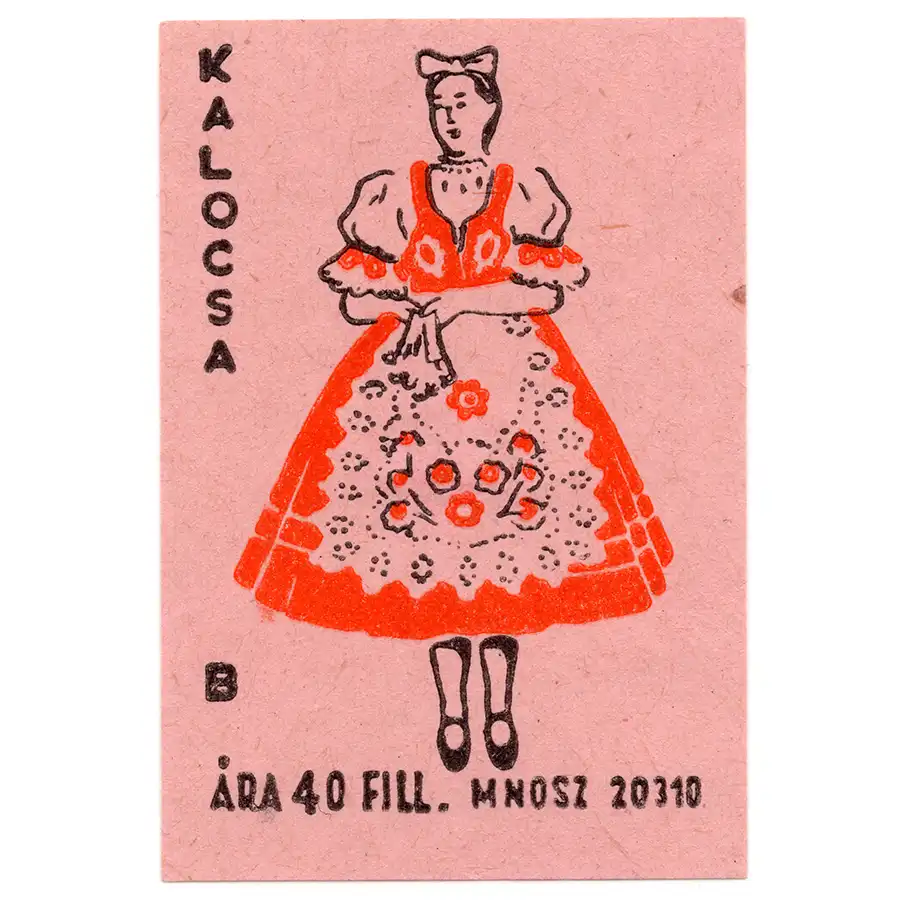
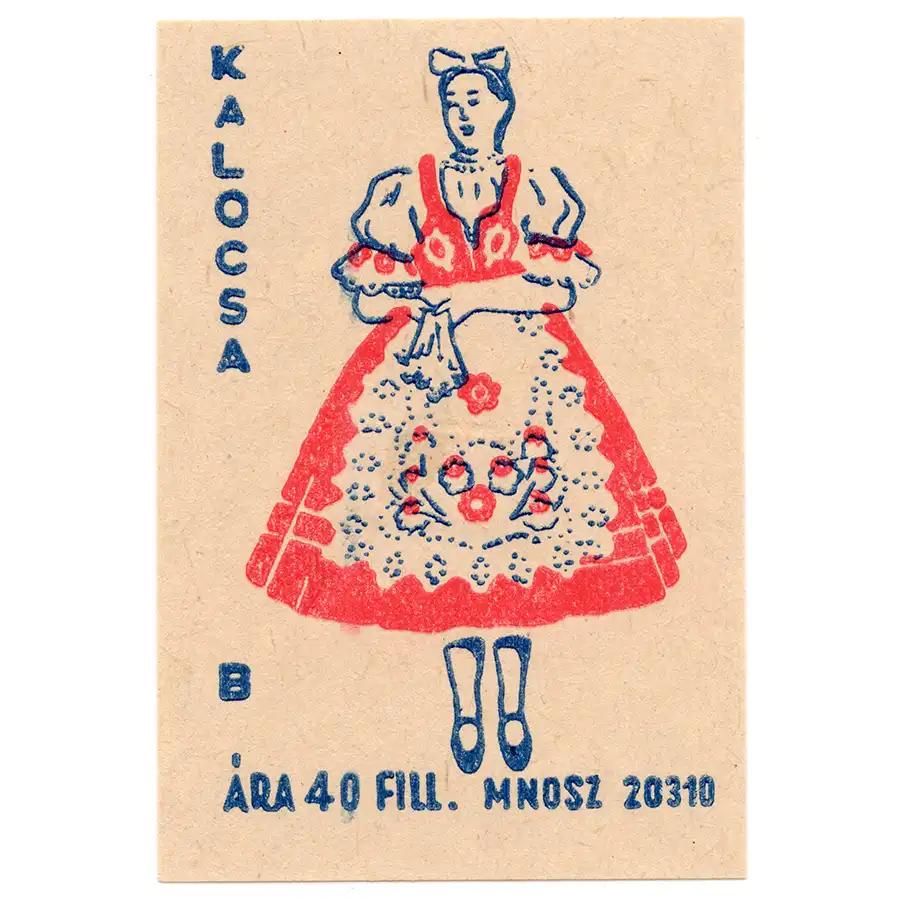
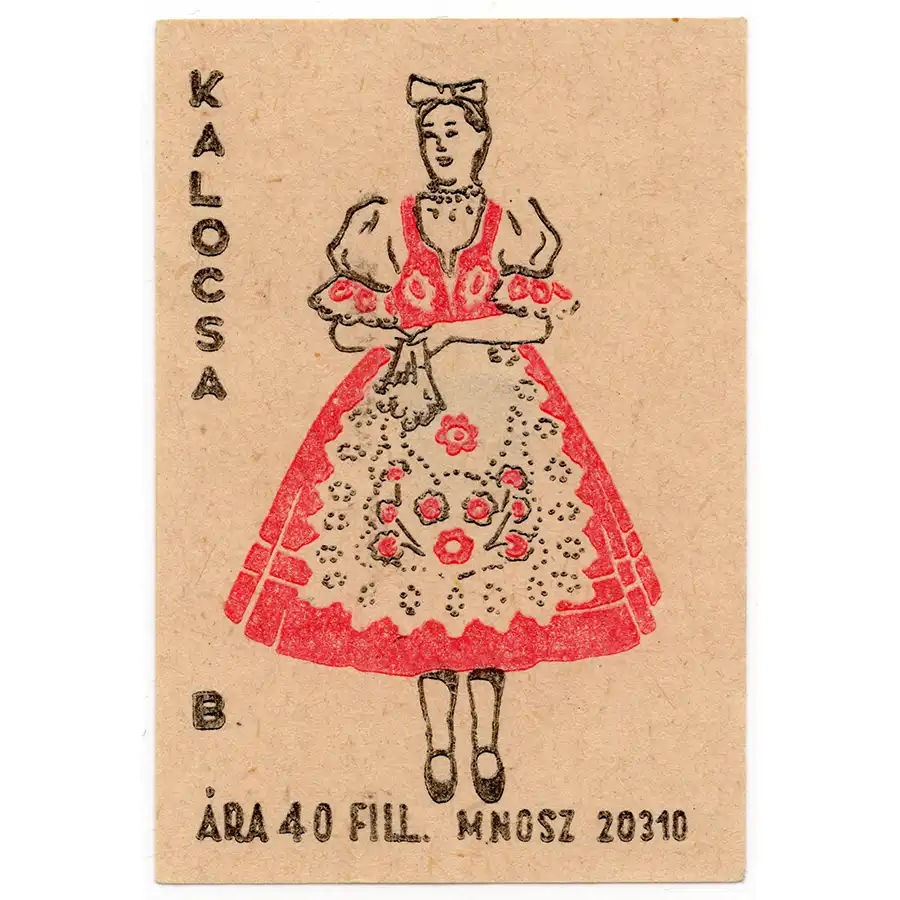
Hungarian folk costumes are not just garments but are embodiments of the nation’s history and cultural identity. Each region’s costume tells a story, reflecting the local customs, lifestyles, and artistic expressions. Whether it’s the elaborate embroidery of Mezőkövesd or the subtle elegance of Kunság, these costumes are a vivid reminder of Hungary’s diverse and rich cultural tapestry.